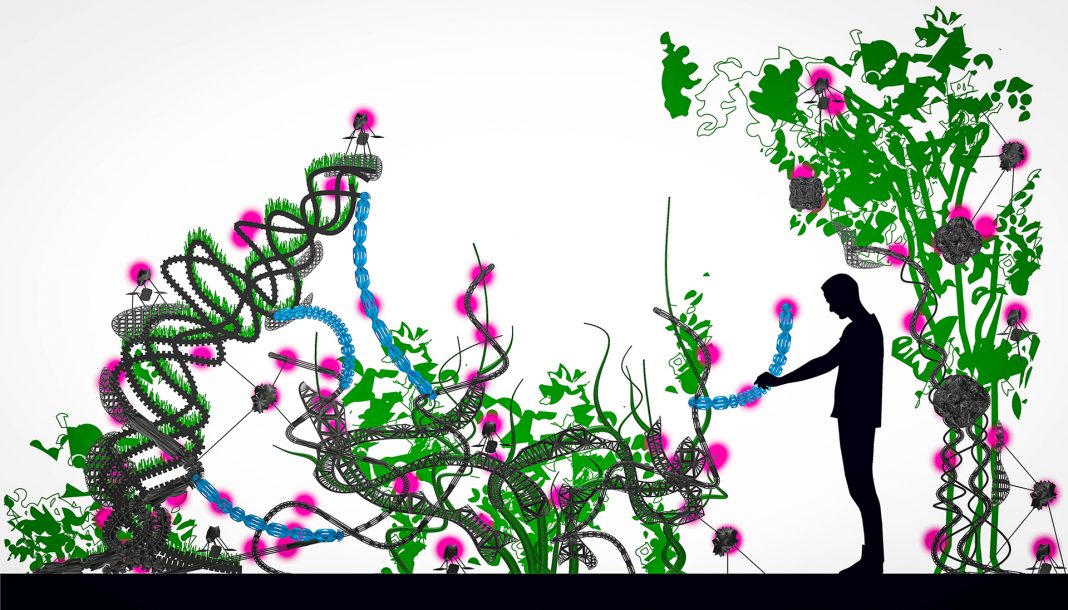Let’s talk hypothetically – what if we had the ability to grow our own houses? Out of plants? No greenhouse gas emissions, no grey concrete, no building-material waste, no heat island effects. Wouldn’t it be amazing? Good news: a project working in this direction is already out there. But just how realistic it is, how far has it gotten so far, and does the future look green? Take a look inside flora robotica’s ingenious vision.
Flora robotica is an innovative, smart approach to combining technology with living organisms. The project first started in 2015 inspired by the research field ‘artificial life’ – the developers asked themselves “what could this really be good for?”. So, what exactly is flora robotica? What’s its aim, its vision and the potential impact on the future of working with living organisms? Who better to tell us but the Project Coordinator himself – Heiko Hamann.
A computer scientist, a professor at the University of Lübeck, Germany, and one of the creators of flora robotica, Heiko is one of the brains behind this inspirational project. After talking to Heiko, we can best describe him as ‘a realistic visionary’, combining the fields of science, nature preservation and climate mitigation.
The Story of Plants and Robots
Flora robotica is an EU funded four-year project, which started in 2015 and ended in 2019. Funds, in the amount of €3,641,781, were dedicated by the European Union’s Horizon 2020 research and innovation programme.
“This project’s objective is to develop and investigate closely linked symbiotic relationships between robots and natural plants and to explore the potentials of a plant-robot society able to produce architectural artifacts and living spaces,” reports flora robotica. But what does this actually mean? The robotic system works like this:
With background knowledge in ‘artificial life’, the team knew climbing plants have an adaptive behaviour – they move towards the light, they explore and “try to actively find something that they can touch and catch and then climb,” says Heiko. The question then arose, what would happen if they could slightly influence that? What could be achieved? Could they manipulate the patterns and shapes that the plants grow into with autonomous systems? Could they construct buildings out of plants?
The Grand Vision
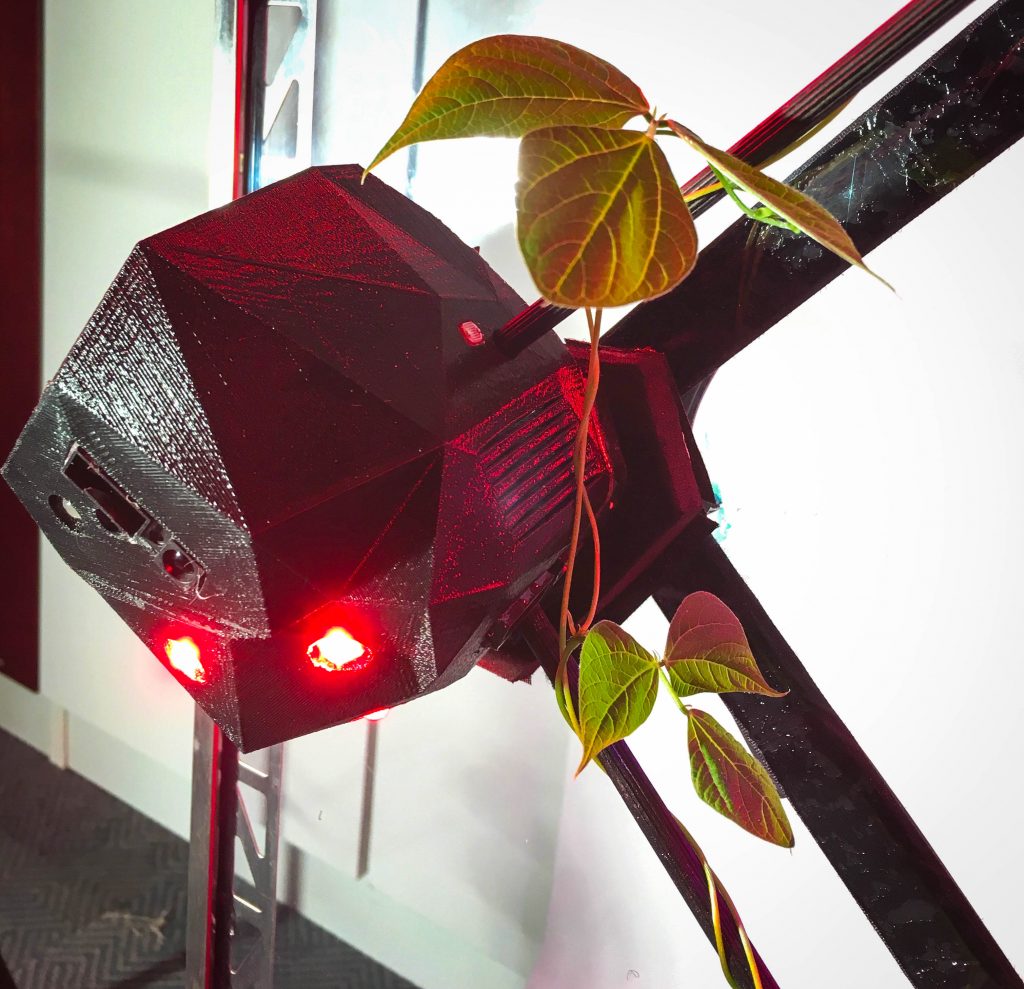
The first step of the project was to make an autonomous system (robots) learn the growing patterns of the plants. The next step was to influence the plants to grow in the desired way of the user with the help of blue light. Then follows the construction of an object, starting small, for example growing a roof. And finally, trying to grow a house.
Building houses with the help of plants -it’s a grand vision for sure, “something that we will probably never achieve, but we can at least work towards it. There can even be a grander vision, like growing whole cities – a vision, but you can start small right?” ponders Heiko.
The idea is simple: usually, architecture consists of planning and constructing. Here, a different approach would be taken, called ‘growth career of a house’. This means you add another starting material in the beginning, so that you don’t have to wait years for a house to be ready, and then replace these materials, step by step.
And so, the developers came up with the idea of braided structures, as they allow the option of doing something else – not just replacing the material but reinforcing what’s already there. They present a building method that allows continuity of construction.
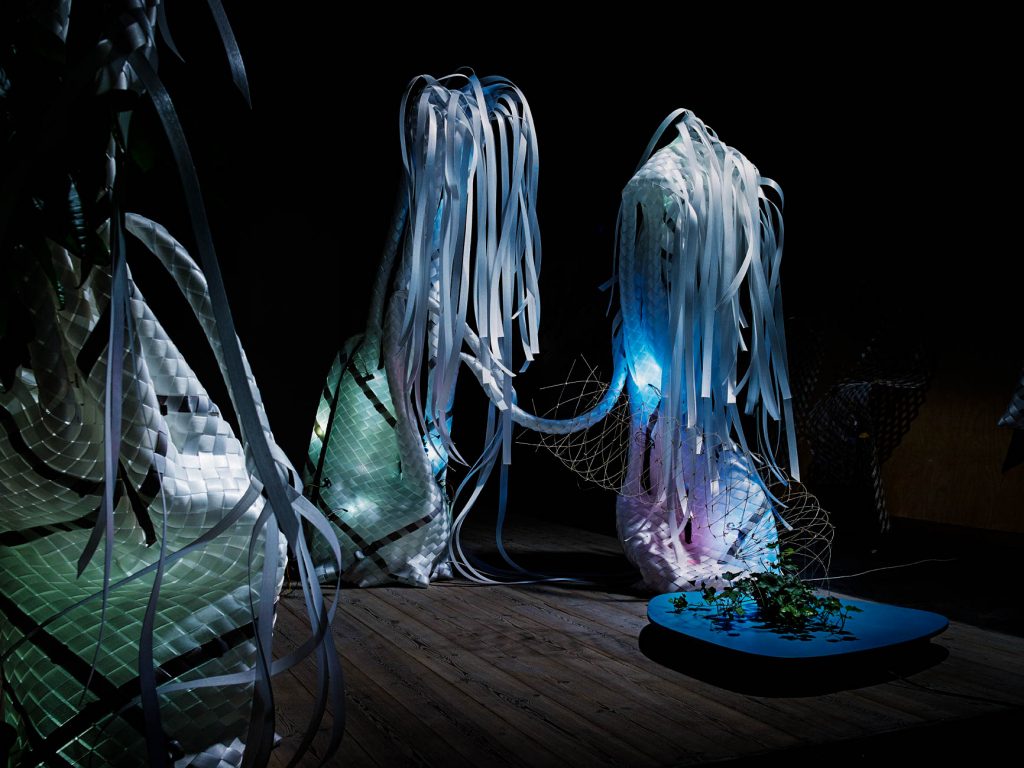
Materials, Costs, Maintenance and Everything In-Between
At first, the material used for the braided structures was plastic – cheap and readily available. However, as the project went on, plastic didn’t seem like the way to go, and so they switched to wood. So, how does this work in practice?
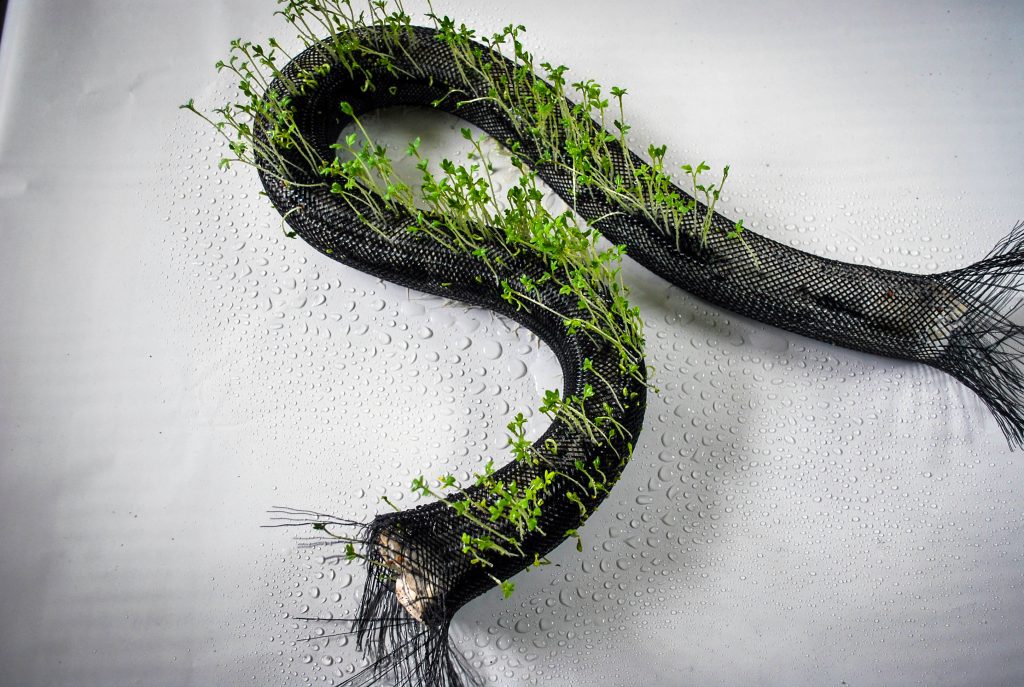
If you wanted to grow your own house, the expenses to take into account would be: lighting and the energy it consumes, equipment, materials, plants. Considering all this, it might not be the cheapest house on the market. “Why do we build houses the way we build them currently? Because it works well, and it’s cheap,” Heiko points out. But by having an initial structure made of standard materials and then having the plants to overgrow, remove the materials, regrow and reinforce the structure, it would be relatively affordable. “Everything you would change would at least in the beginning cost more, at least the first investment, and then in the long term, because it’s greener, it would actually save costs,” adds Heiko.

At this point, you must be wondering about the fate of your planted house in the future – what happens with the plants after a certain amount of time? Surely the plants die, and the building is destroyed? Well, not exactly… it depends on the type of plant and knowing which ones can live, even for several centuries. “You get all these features from the living plant, like self-repairing – you can cut something off and a new thing will grow, even stronger,” Heiko tells us.
One perfect example of this feature are the bridges in India’s jungle. Citizens create ‘living root bridges’, guiding and tying the roots of plants and trees together to form a bridge. Over time, the roots remain alive and grow stronger and stronger, making the bridge sturdier. Comparing to our standard steel bridges that need renovations every once in a while, plants seem like a force to be reckoned with.
“It’s nice having this adaptive behaviour in plants. You have this living organism that adds material to your architecture over time virtually for free, taking CO2 from the air and creating something solid. It’s perfect, it’s exactly what we need.”
Cooperation
Flora robotica is no job for just one man; it takes a whole team. A team comprising of six project partners in six different scientific fields to be exact:
- Swarm Intelligence from the University of Lübeck, Germany
- Mechatronics from Cybertronica Research, Germany
- Plant Biology from the University in Poznan, Poland
- Centre for Information Technology and Architecture (CITA), Denmark
- Evolutionary Robotics from the IT University of Copenhagen, Denmark
- Artificial-Life Zoology from the Karl-Franzens-University of Graz, Austria
It started with just three people and an idea, expanding into a consortium of different experts, each adding valuable knowledge: from computer scientists to zoologists and architects, they’ve formed a perfect team for this cross-disciplinary project. And much like the project itself, they too, had to find symbiosis with each other, as they all come from different countries and speak different ‘scientific’ languages: “We all speak English, but we speak our own languages in terms of how we do science and how we use different words. And that, of course, took us some time, but then we really founded a nice team”, says Heiko.
Lessons Learned
Of course, not every project is ideal, there is always something that could have been improved, or perhaps done completely differently; potential improvements are a part of the learning process. Flora robotica is no exception. There’s no denying the project was, and still is, a success – but there’s one thing Heiko would have done differently. “We were guided by the good practice of science, that experiments should be controlled; so, we did everything indoors. Which is funny as you then grow plants in this very controlled artificial lighting – and outdoors, there is the sun and the natural brightness. So maybe we should have tried more to move outdoors,” explains Heiko, adding “it sounded like we would need to compete with the sun, but we wouldn’t really have to because the plants grew towards the blue, artificial light.”

This, however, all seem small in comparison to the gains of the overall project. When asked about the biggest successes, Heiko’s response was certainly humble: to him it was the mere satisfaction of realizing what was once just an idea, proving that it could be done, and the public acceptance. “People were always just super positive and always gave very positive feedback and encouraged us to follow this work.” remarks Heiko.
“And it’s great to see that people love what we’re doing.”
– Heiko Hamann
The Importance of the Project
If nothing else, flora robotica just shows us that combining technology with nature isn’t necessarily a bad thing. In fact, it might be the very future of scientific research. “It’s the modern style of science, and exactly what we should be doing now, especially with the challenges of today,” remarks Heiko. He adds that it’s about knowing that technology can surely make a contribution, while simultaneously accepting that there are things that nature does better: “And if you try to find the best of both of these worlds, combining technology with living organisms, then maybe you can do better than how we did things before.” This is the very essence of such ventures.
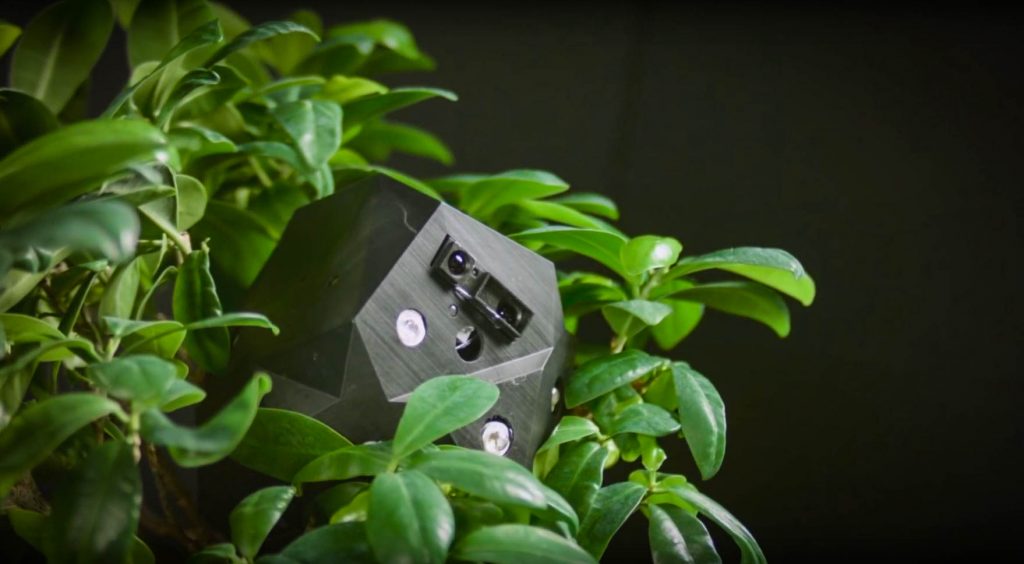
Despite flora robotica being over as a project, the inspiration, idea, and motivation are still there. As a matter of fact, they grew into another equally inspirational follow-up programme: WatchPlant.
WatchPlant is about monitoring cities, in terms of air quality, by using plants as mediators, “developing a biohybrid system technology for in-situ self-powered monitoring that allows plants to wear AI components and technological interfaces, which results in creating ‘smart biohybrid organisms’ for environmental monitoring,” reports WatchPlant. The natural living plants are used as a sensor, exposed to the same air for weeks, months, even years, breathing in CO2, allowing the measurement of pollution in the air with their physiology and biochemical reactions to the air quality. It’s a great alternative to overcrowding the cities with cold technology. “We bring these intelligent plants to the cities, giving the cities a chance to be a bit greener, while also to have something that’s more accepted by the population,” declares Heiko.
We’re Rooting for Roots
Ok, so perhaps we might not live in our very own planted houses just yet, but the thought certainly sparks some excitement and curiosity, doesn’t it? And maybe the plan seems a bit too radical at the moment, but aren’t all great inventions borne from out-of-the-box and daring ideas? Flora robotica is clearly not to be taken lightly, as it has proved once again, that whatever the human mind can picture, can be achieved. And what better way to do it, but working in symbiosis with nature?
Learn more about the project in this video overview:

